Don’t worry…Many people don’t know what it means to Scald Milk for Baking!
 In fact, it’s somewhat of an outdated practice unless you’re a serious baker.
In fact, it’s somewhat of an outdated practice unless you’re a serious baker.
However, there was a reason why scalding milk was important back in the day. Firstly, it killed any potentially harmful bacteria that was in the milk. Secondly, it destroyed enzymes that keep milk from thickening in recipes.
Nowadays, scalding is unnecessary because pasteurization of the milk we drink handles these issues.
However, there may be one reason to scald milk, if you’re using a great deal in your recipe for baking. There is a protein in milk that can be destroyed when you scald it that could potentially reduce the volume of the bread or whatever you’re baking. We don’t want that!
There are 2 ways you can scald milk: on your stove top in a pot, or in the microwave. I am going to show you both ways below.
So, be a trooper and take this extra step as a safeguard to keep your breads fluffy! That being said…
Here’s the Video Tutorial on How to Scald Milk for Baking in a Microwave.
- To learn How to Scald Milk on the Stove Top, see Instructions below this video.
How to Scald Milk:
- In a heavy bottomed sauce pan, add milk and heat on medium-low. You may also use reconstituted powdered milk for this purpose.
- Stir frequently to ensure milk doesn’t thicken and burn on the bottom of the pan.
- Keep heating the milk, until it starts to steam and small bubbles start to form around the edges of the pan.
- Tip: It’s important not to boil the milk.
- Remove from the heat. Typically, the recipe calls for the milk to cool before use.
There you go! Not difficult, just a bit confusing, if you’ve never heard of it or done it before. Enjoy baking…I do!
Here’s a few recipes that call for scalded milk:
- Grandma Kasper’s Zwieback Buns
- Kimberly’s Sweet Potato Buns
Cooking Show: How to Bake Roasted Sweet Potato Zwieback Buns
Playlist: Milk Recipes + Reviews
Playlist: Baking Recipes + Reviews
Similar Posts:
- How to Bake Traditional White Bread + Video
- How to Bake Homemade Hamburger & Hot Dog Buns
- How to Bake Kimberly’s Sweet Potato Buns
- Gluten-Free Holiday Butternut Squash Tiger Nut Dinner Rolls + Video
- How to Bake Basic Gluten Free Tiger Nut Bread Loaf + Video

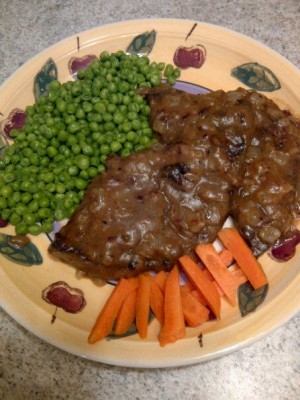
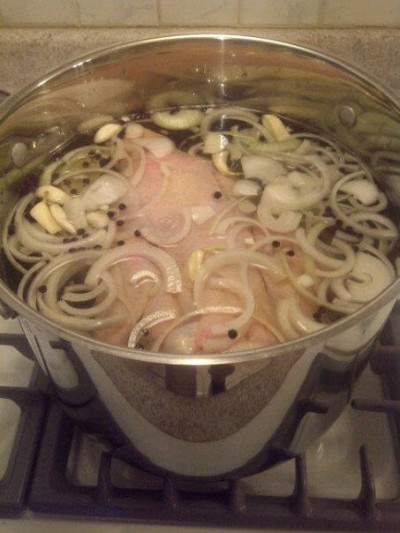
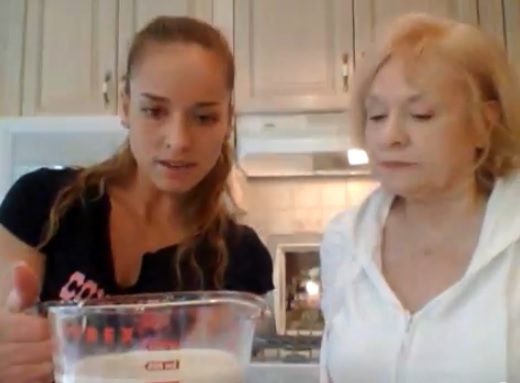
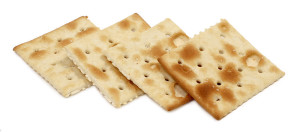


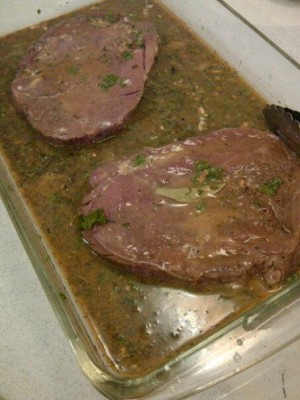
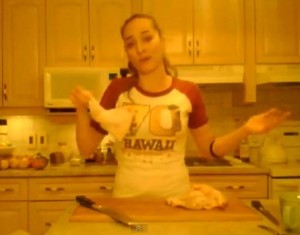






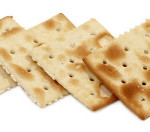

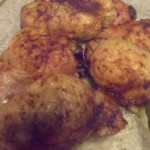


March 20, 2012
The reason I now scald my milk when making pies, custard and quiches: (I hope I can express this correctly) It isn’t just about thickening the liquid or a jump start. I now scald my milk 20 to 30 minutes at 185 degrees F. I use a candy thermometer gently stirring all the while. This scalding process has made all the difference in my pies, custard and quiches. Something molecularly changes and binds… the proteins… I believe. It adds strength and stretchiness to the milk. Now I never have puddles of liquid in the bottom or on the top of my pies, custard and quiches. It isn’t about evaporation or thickening. It is about changing its nature.
April 20, 2013
Baking is a food cooking method using prolonged dry heat acting by convection, rather than by thermal radiation, normally in an oven, but also in hot ashes, or on hot stones.[1] The most common baked item is bread but many other types of foods are baked. Heat is gradually transferred “from the surface of cakes, cookies and breads to their centre. As heat travels through it transforms batters and doughs into baked goods with a firm dry crust and a softer centre”.
April 26, 2013
Very true, Ms. Marianela…Thanks for clarifying & being so thorough.
Eat Deliciously,
Kimberly
June 26, 2013
Fantastic post. Never knew this, thanks for letting me know.
June 27, 2013
You are more than welcome. Yes, this post is regularly one of the top posts on the site.
Glad it could help you out!
Kimberly 🙂
September 10, 2013
Adversity successfully overcome is the highest glory. That’s what you do every day…Great job.
September 13, 2013
Thanks so much, Coach! I really appreciate that.
Come back by anytime,
Kimberly 🙂
December 24, 2017
Thanks for the milk video!
Such a cool story about your family because it mirrors my husband’s family story — minus the unexpected detour. They were also Mennonite Germans living in Russia that emigrated to America. They were successfully delivered to the US around the turn of the 19th century.
December 26, 2017
It’s a small world, isn’t it, Lynn?! Wow, that’s amazing. Difficult journeys, that’s for certain! So glad you found this post & video to be helpful! Hope you had a lovely Christmas & you enjoy a marvelous New Year! Thanks for stopping by & leaving a comment! Kimberly